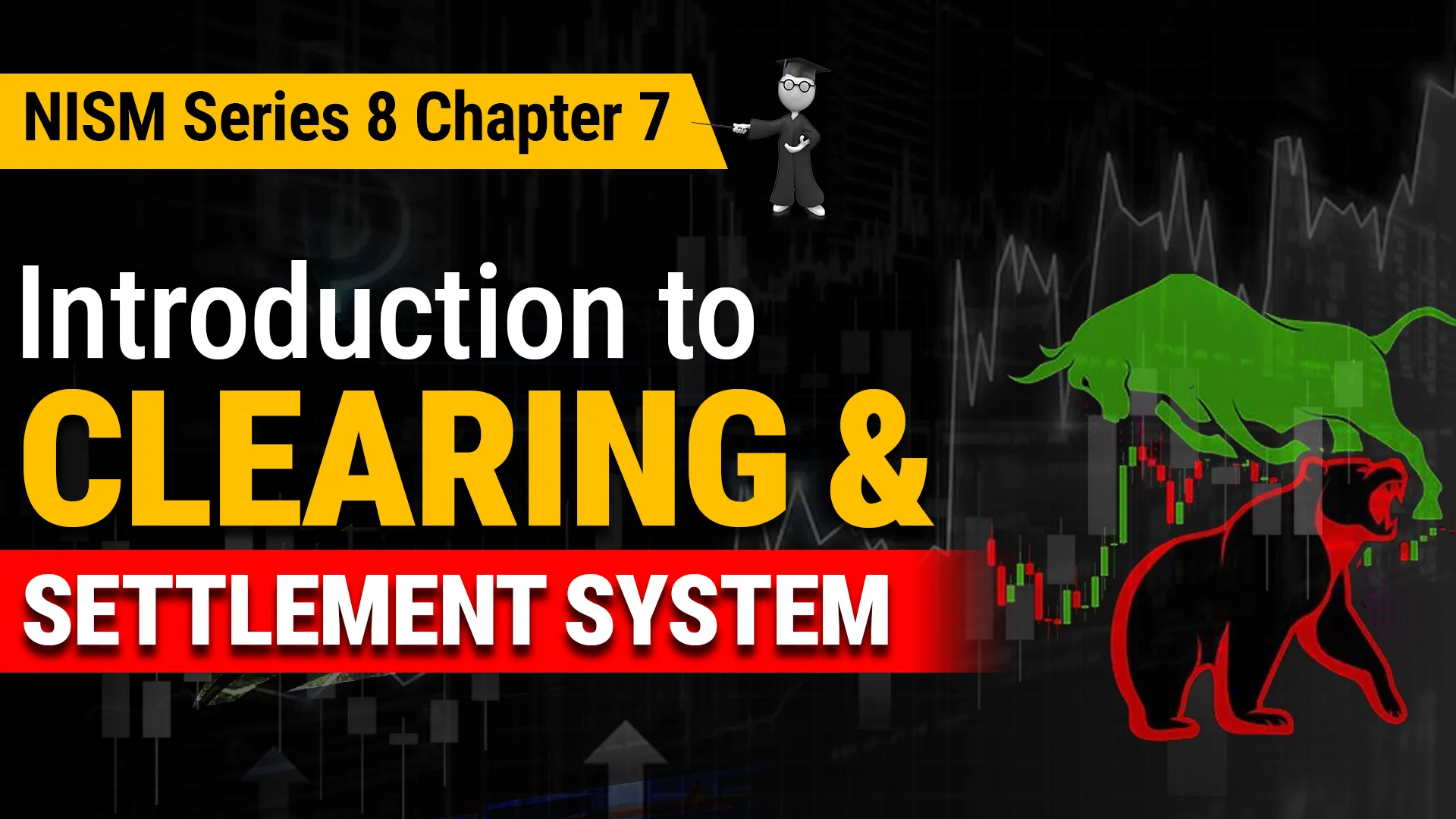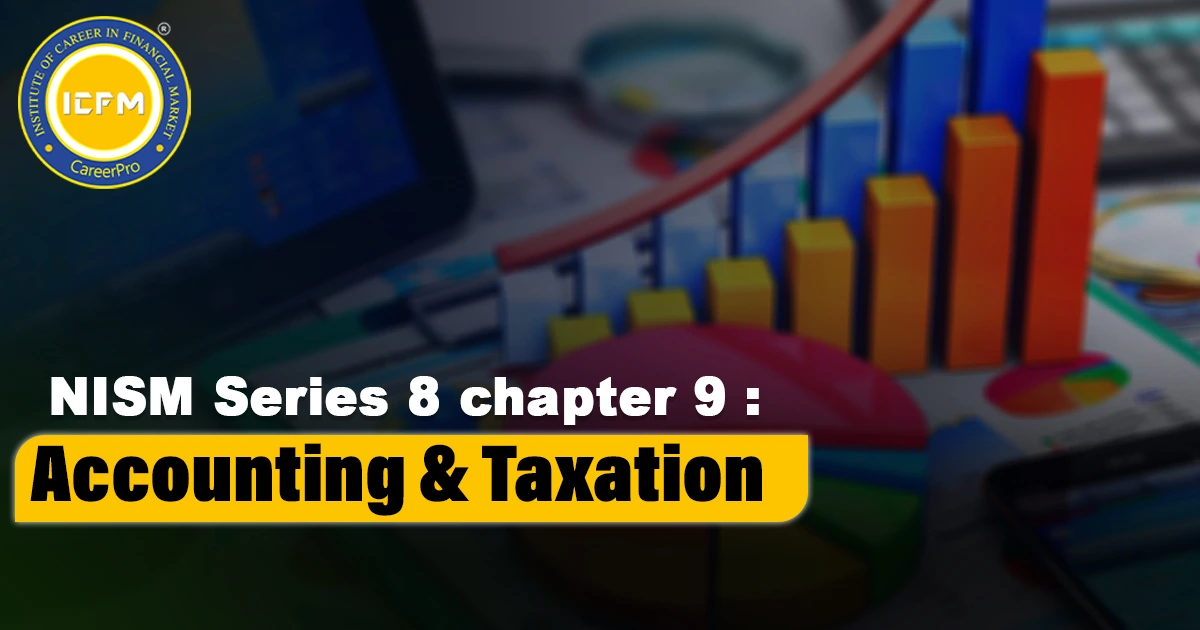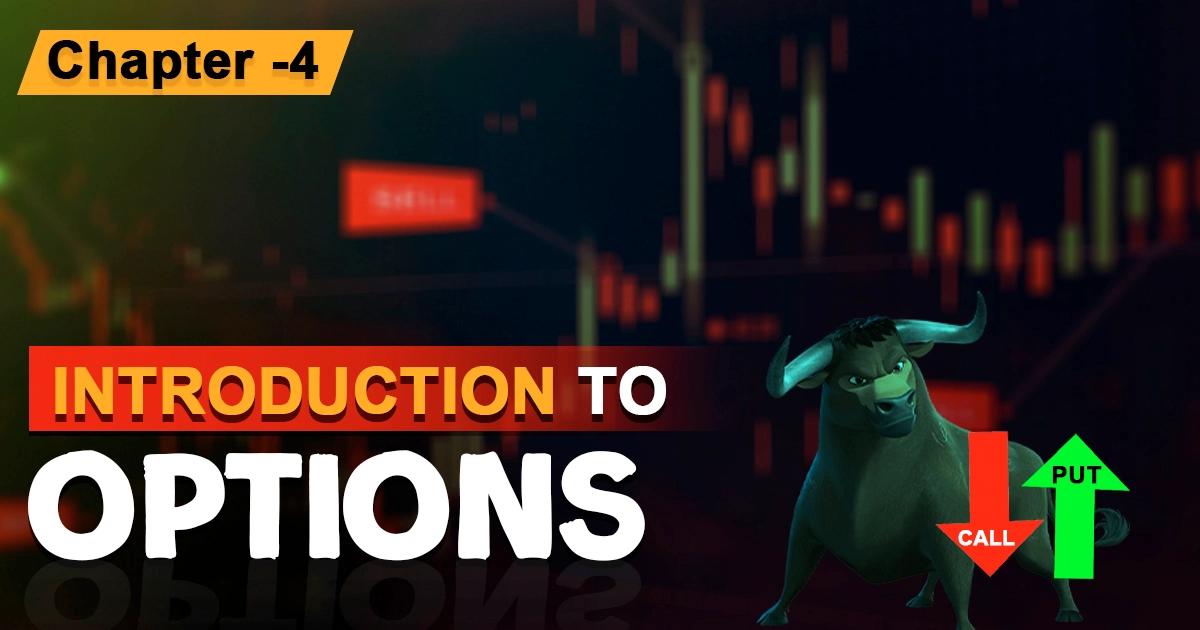7.1 Clearing Members
7.2 Clearing Mechanism
7.3 Settlement Mechanism
7.4 Risk Management
7.5 Margining and mark to market under SPAN
7.1 Clearing Members :
- Net worth: Rs. 300 lakhs (Rs. 100 lakhs for self-clearing members).
- Deposit: Rs. 50 lakhs as a security deposit to the Clearing Corporation.
- Additional Deposits: Rs. 10 lakhs for each additional trading member.
7.2 Clearing Mechanism
7.3 Settlement Mechanism
7.4 Risk Management
- Initial Margin: Initial daily margin is required for all open positions, based on VAR and specified for each contract.
- MTM Settlement: Open positions are settled on an MTM basis, with cash settlements on T+1.
- Real-Time Monitoring: The Clearing Corporation monitors positions in real-time, with alerts for violations in margin or exposure.
- Risk Management System: The system uses SPAN and PRISM to calculate margins for real-time margin and position tracking and risk management in an efficient manner.
- Position Limits: CMs monitor and enforce the limits on the TMs and any violative results in further trades stop.
7.5 Margining and mark to market under SPAN
- Initial Margin: Calculated by the clearing corporation through SPAN based on a 99% Value-at-Risk (VaR) over one day
- Premium & Assignment Margin: As applicable for options positions, plus added margins for assigned options contracts.
- Margin Exposure: Futures and options are marginal, which varies by asset class, such as 3% for index futures/options and 5% or 1.5 standard deviations for individual stocks.
- Cross-Margining: Cash and derivatives are cross-marginable, which enables clients to cross-hedge their margins.
- Position Limits: Market-wide limits exist on futures/options based on free-float market capitalization. Separate limits will apply at the time the product is listed for individual securities as well as index contracts.
- Client & Trading Member Limits: These include limits at the level of clients and trading members which again specifically include limits at FIIs, mutual fund level and sub-accounts
- Penalties on Breaches: The penal consequences on margin shortfall/ position limit breach are that in the case of continuance shortfall, the trading member would incur a fine which will amount to 5 per cent of the shortfall amount per day beyond the third day while breach of position limit in terms of market-wide attracts the imposition of daily penalty.









